Description
A remarkable debut novel on separation, delusive attachments and seeing through them.
It is summer 1985 and the young American teacher Richard Tatem heads for the Himalayas, there discovering a rare manuscript of the secret Blue-Robes cult. Hoping to kick-start his career and regain the affection of Miki Tojinbara, an unforgettable Japanese junior colleague from Osaka who has recently ditched him, Tatem returns to India. His search goes dangerously awry when he finds himself hunted by ruthless later-day guardians of the supposedly dead Blue Robe cult. Meanwhile Tatem and Miki try a second time to see whether Buddhist love is really a contradiction in terms.
Touching a fake snake for Tibetan Buddhists can symbolize overcoming false fears through insight. Filled with both lofty Buddhist ideals and gritty Tibetan reality, this novel thus explores perceptively the limits of obsessive attachment and romantic love for Buddhists.
?Buddhism is not only a profound spiritual and philosophical tradition. As proven by Mat Skybrook?s wonderfully written Waking the Fake Snake, its world and ideas can also provide the setting for an enthralling narrative of adventurous discovery and revealing self-discovery.??Florin Deleanu, PhD, Professor of Buddhist Studies, ICPBS/IIBS (Tokyo)
?A hopeful novel for the century that lies ahead, with plenty of inter-cultural romance, ample sex, and a stiff dose of danger?though less violence than expected. Even more than in great classic novels, it?s all about seeing under, around or through the delusions thus created, and Skybrook obviously knows his delusions.? ?Dr. gDan Martin, author of Tibet.Logic blog
?Skybrook?s fascinating mystery is three books in one: an Asian adventure, a love story and an intellectual puzzle. It vividly evokes the place and people of the Tibetan exile scene in Dharamsala and Tibetan friends in India as we knew them decades ago.? ?Prof. Ramon Prats, Barcelona
Like A. S. Byatt?s Obsession did for English literary research, this compelling Himalayan mystery dramatizes Tibetan and Buddhist studies field-work, with nearly as many true historical wrinkles as The Da Vinci Code.

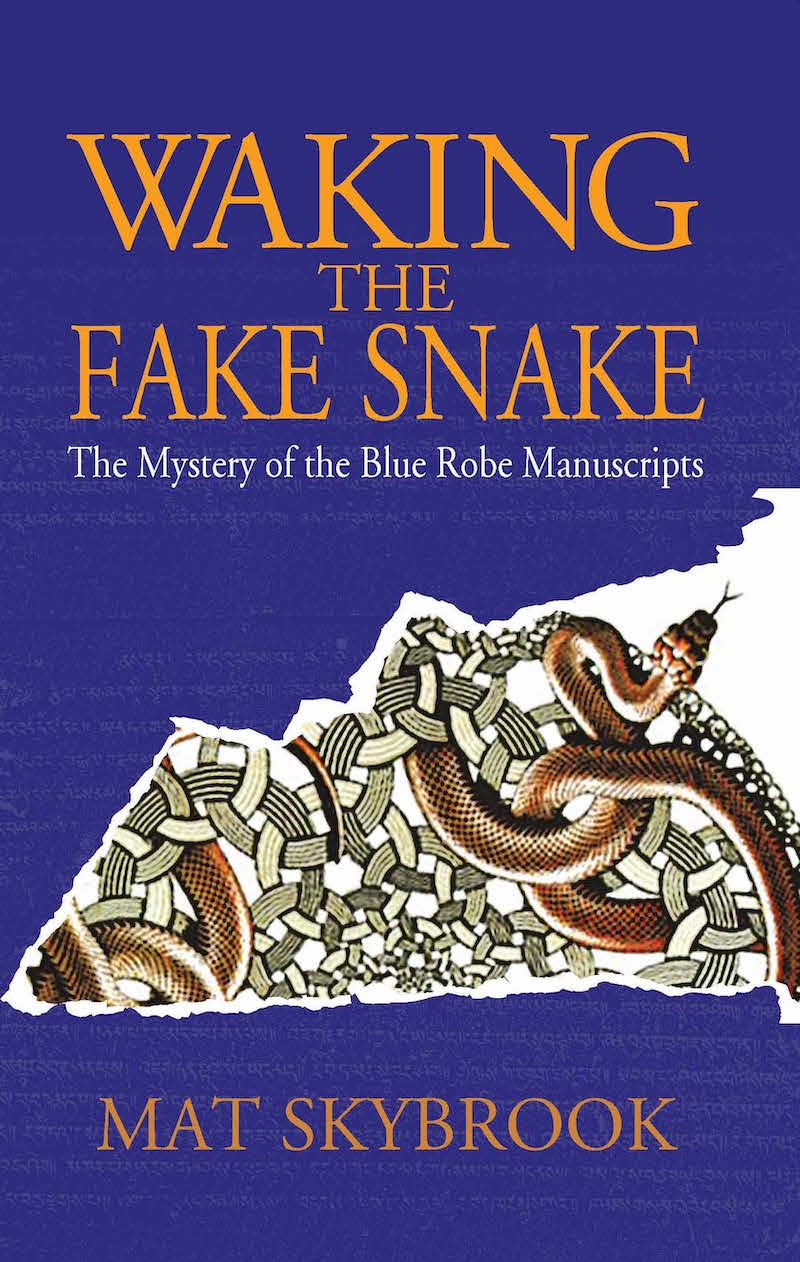
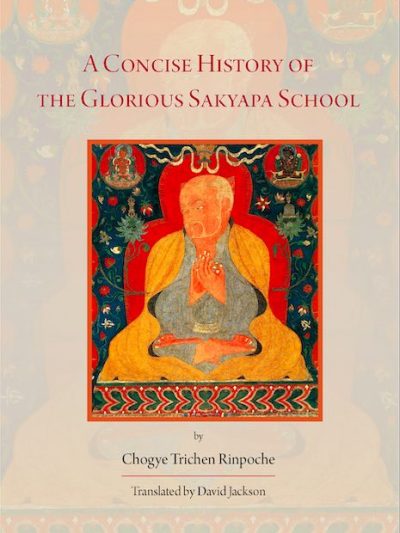
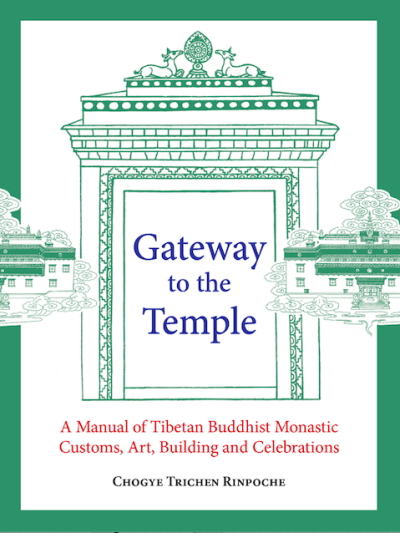
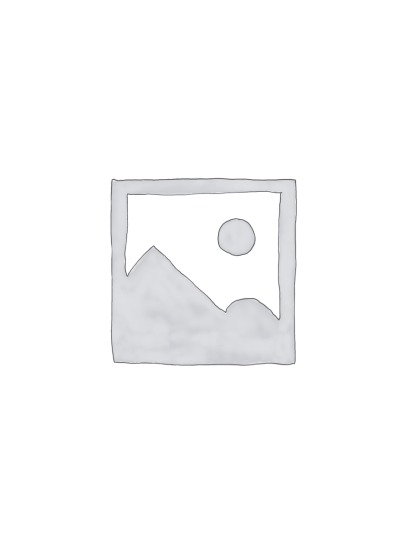
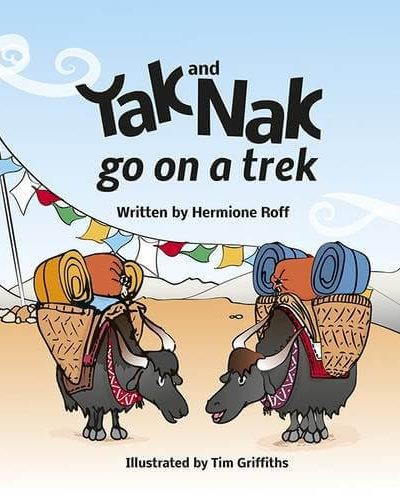
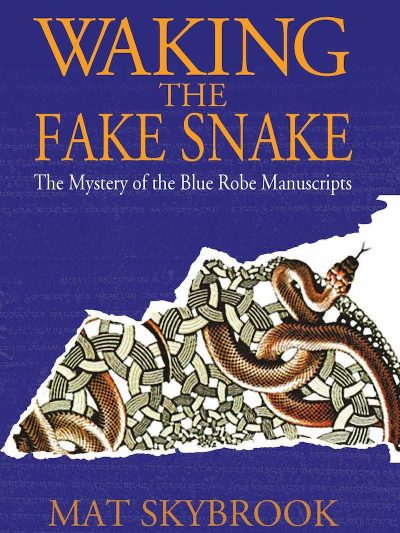
Reviews
There are no reviews yet.